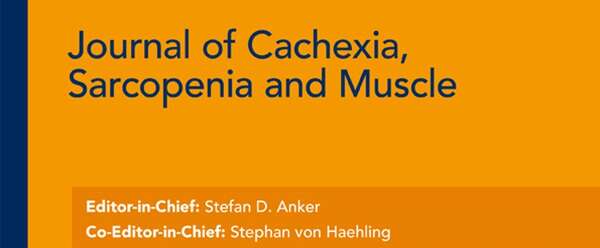A single chemotherapy administration induces muscle atrophy, mitochondrial alterations and apoptosis in breast cancer patients
A single chemotherapy administration induces muscle atrophy, mitochondrial alterations and apoptosis in breast cancer patients
Joris Mallard, Elyse Hucteau, Laura Bender, Fabien Moinard-Butot, Emma Rochelle, Lauréline Boutonnet, Antoine Grandperrin, Roland Schott, Carole Pflumio, Philippe Trensz, Michal Kalish-Weindling, Anne-Laure Charles, Bernard Gény, Fabrice Favret, Xavier Pivot, Thomas J Hureau, Allan F Pagano
Abstract
Background: Breast cancer patients are commonly treated with sequential administrations of epirubicin-cyclophosphamide (EC) and paclitaxel (TAX). The chronic effect of this treatment induces skeletal muscle alterations, but the specific effect of each chemotherapy agent is unknown. This study aimed to investigate the effect of EC or TAX administration on skeletal muscle homeostasis in breast cancer patients.
Methods: Twenty early breast cancer patients undergoing EC followed by TAX chemotherapies were included. Two groups of 10 women were established and performed vastus lateralis skeletal muscle biopsies either before the first administration (pre) of EC (50 ± 14 years) or TAX (50 ± 16 years) and 4 days later (post). Mitochondrial respiratory capacity recording, reactive oxygen species production, western blotting and histological analyses were performed.
Results: Decrease in muscle fibres cross-sectional area was only observed post-EC (-25%; P < 0.001), associated with a reduction in mitochondrial respiratory capacity for the complex I (CI)-linked substrate state (-32%; P = 0.001), oxidative phosphorylation (OXPHOS) by CI (-35%; P = 0.002), CI&CII (-26%; P = 0.022) and CII (-24%; P = 0.027). If H2 O2 production was unchanged post-EC, an increase was observed post-TAX for OXPHOS by CII (+25%; P = 0.022). We found a decrease in makers of mitochondrial content, as shown post-EC by a decrease in the protein levels of citrate synthase (-53%; P < 0.001) and VDAC (-39%; P < 0.001). Despite no changes in markers of mitochondrial fission, a decrease in the expression of a marker of mitochondrial inner-membrane fusion was found post-EC (OPA1; -60%; P < 0.001). We explored markers of mitophagy and found reductions post-EC in the protein levels of PINK1 (-63%; P < 0.001) and Parkin (-56%; P = 0.005), without changes post-TAX. An increasing trend in Bax protein level was found post-EC (+96%; P = 0.068) and post-TAX (+77%; P = 0.073), while the Bcl-2 level was decreased only post-EC (-52%; P = 0.007). If an increasing trend in TUNEL-positive signal was observed post-EC (+68%; P = 0.082), upregulation was highlighted post-TAX (+86%; P < 0.001), suggesting activation of the apoptosis process.
Conclusions: We demonstrated that a single administration of EC induced, in only 4 days, skeletal muscle atrophy and mitochondrial alterations in breast cancer patients. These alterations were characterized by reductions in mitochondrial function and content as well as impairment of mitochondrial dynamics and an increase in apoptosis. TAX administration did not worsen these alterations as this group had already received EC during the preceding weeks. However, it resulted in an increased apoptosis, likely in response to the increased H2 O2 production.
Keywords: Anthracycline-cyclophosphamide; Mitochondria; Mitochondrial respiration; Muscle biopsies; Skeletal muscle deconditioning; Taxanes.
© 2024 The Authors. Journal of Cachexia, Sarcopenia and Muscle published by Wiley Periodicals LLC.
